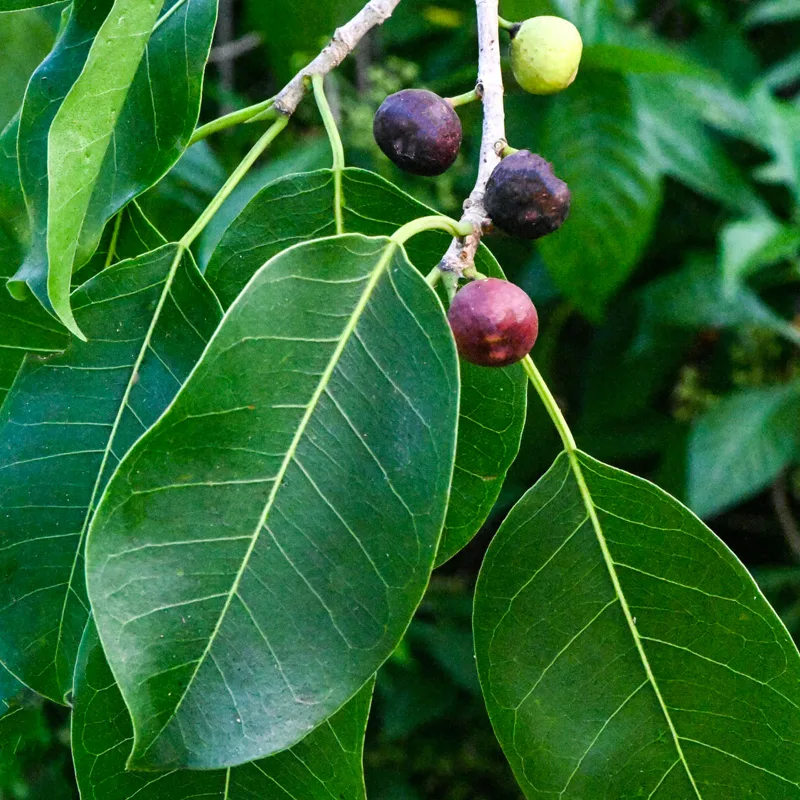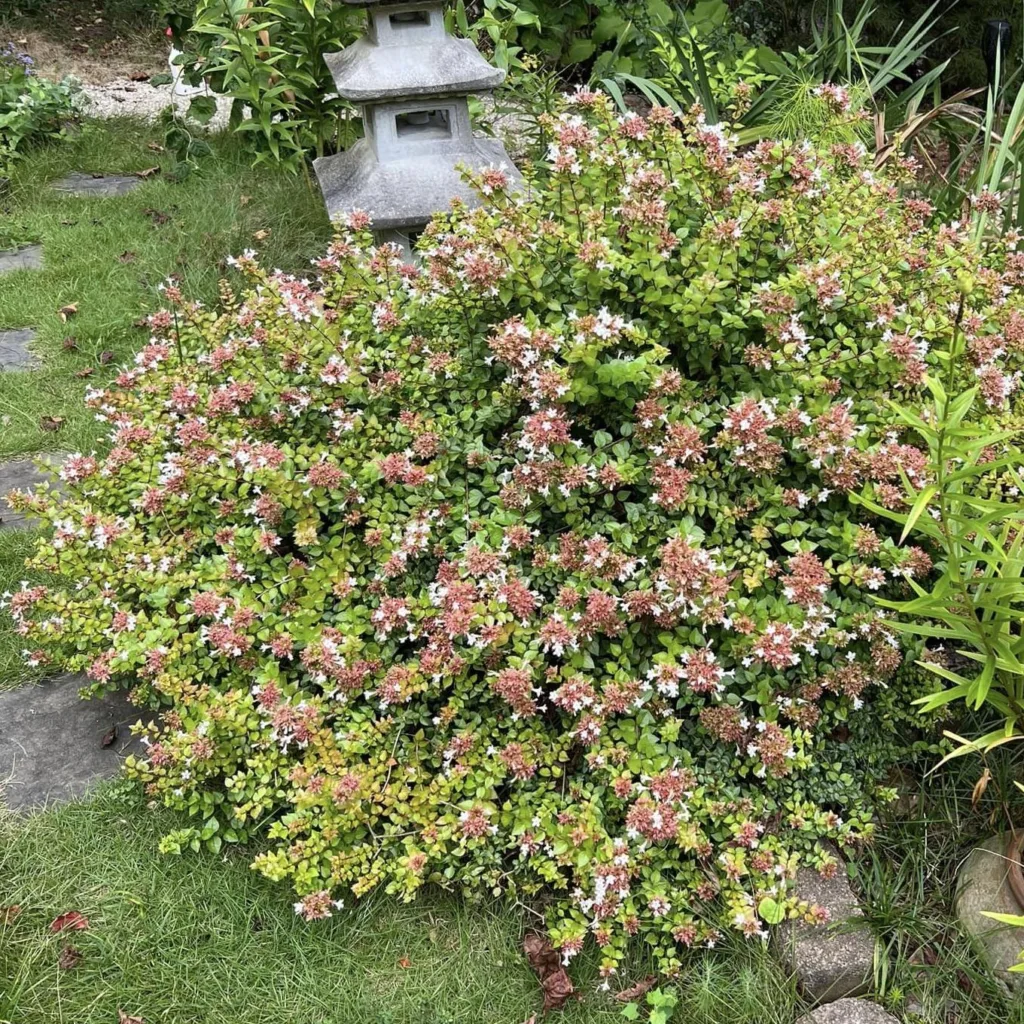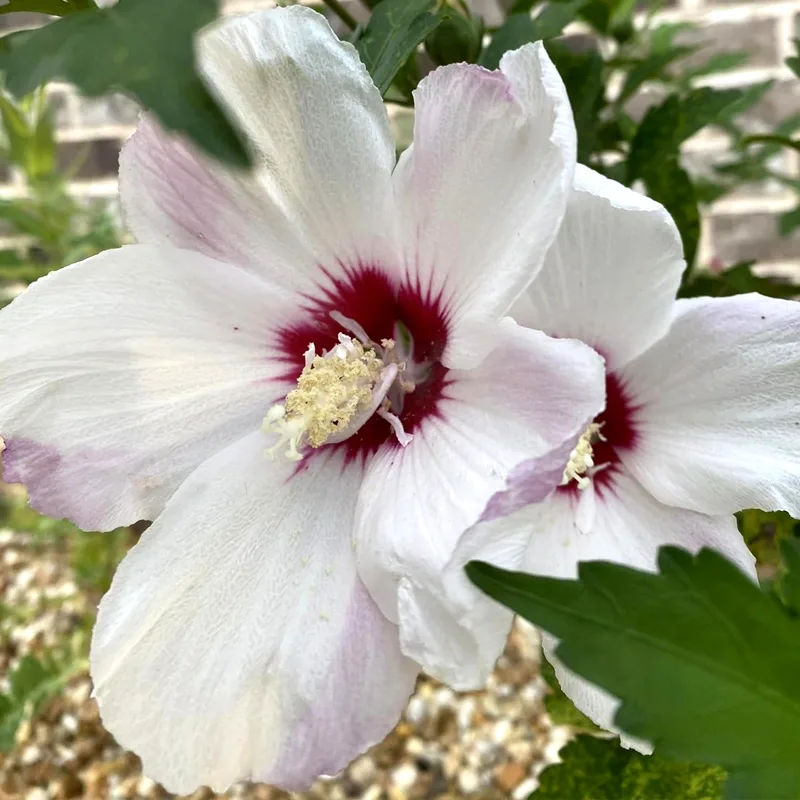Photinia Glabra: Your Guide to the Vibrant Red-Leaf Shrub
For those seeking a splash of color in their landscape, the Photinia Glabra, also known as the Japanese Photinia or Red-Leaf Photinia, is a fantastic choice. This versatile shrub offers year-round appeal with its glossy green foliage and vibrant red new growth. But before you rush out and buy one, let’s delve into the world of Photinia Glabra and answer some of the most common questions.
29 Species in Genus Photinia
What is Photinia Glabra?
Photinia Glabra is a large evergreen shrub or small tree belonging to the Rosaceae family, the same family as roses and apples. Native to Japan, Korea, and eastern China, this beauty boasts stunning red new leaves that emerge in spring, contrasting beautifully with its mature dark green foliage. As the season progresses, the new growth matures, transforming into the classic glossy green leaves.
Photinia Glabra is a popular choice for hedges, screens, or as a standalone specimen plant. It can grow up to 20 feet tall, with a mature spread of 10-15 feet. In late spring, it produces clusters of small white flowers, which some find unpleasant due to their slight odor.
How to Care for Photinia Glabra?
Caring for Photinia Glabra is relatively straightforward. Here’s what you need to know:
- Light: Photinia Glabra prefers full sun to partial shade. However, in very hot climates, some afternoon shade can be beneficial.
- Water: Water your Photinia Glabra regularly, especially during its first year. Aim to keep the soil consistently moist but not soggy. Once established, it’s moderately drought tolerant.
- Soil: Photinia Glabra thrives in well-drained, fertile soil with slightly acidic to neutral pH levels.
- Fertilizer: Apply a balanced fertilizer in early spring to encourage healthy growth.
- Pruning: Regular pruning helps maintain your Photinia Glabra’s desired shape and size. Prune in late winter or early spring before new growth emerges.
Pro Tip: Photinia Glabra responds well to pruning, so don’t be afraid to trim it back to encourage bushier growth and maintain its shape.
How to Propagate Photinia Glabra?
Propagating Photinia Glabra allows you to create new plants from your existing one. Here are two common methods:
- Softwood Cuttings: Take softwood cuttings in late spring or early summer. Choose non-flowering stems with a few leaves. Dip the cut end in rooting hormone and plant them in a pot filled with a well-draining potting mix. Keep the soil moist and provide indirect sunlight until roots develop.
- Layering: This method involves encouraging a low-lying branch to grow roots while still attached to the parent plant. Make a shallow cut halfway through the branch, apply rooting hormone, and bury the wounded section in moist soil. Secure it in place with a wire loop. Over time, roots will form, allowing you to eventually sever the branch and create a new plant.
What to Plant With Photinia Glabra?
Photinia Glabra’s vibrant foliage pairs well with a variety of plants. Here are some ideas to inspire your garden design:
- For contrasting color: Blue-flowering perennials like Salvia or Veronica add a pop of cool color against the red foliage.
- For textural interest: Evergreen grasses like Liriope or Hakonechloa provide a contrasting texture and add movement to the landscape.
- For flowering companions: Spring-blooming bulbs like daffodils or tulips create a beautiful show beneath the Photinia Glabra in early spring.
Remember: Consider your desired aesthetic and the mature size of all plants when choosing companions for your Photinia Glabra.
Common Problems with Photinia Glabra
While generally a low-maintenance plant, Photinia Glabra can face a few challenges:
- Photinia Leaf Spot: This fungal disease causes brown spots on the leaves. Improve air circulation and remove infected leaves to manage this issue.
- Scale: These tiny insects suck the sap from the leaves, causing them to yellow and drop. Apply insecticidal soap or neem oil to control scale infestations.
- Fire Blight: This bacterial disease causes the leaves and branches to turn brown and die. Prune away infected parts and avoid overhead watering to prevent the spread of fire blight.
Early detection and proper treatment are key to managing these issues and keeping your Photinia Glabra healthy.
By following these tips, you can ensure your Photinia Glabra thrives and adds a touch of vibrant color to your landscape for years to come.
If i die, water my plants!



